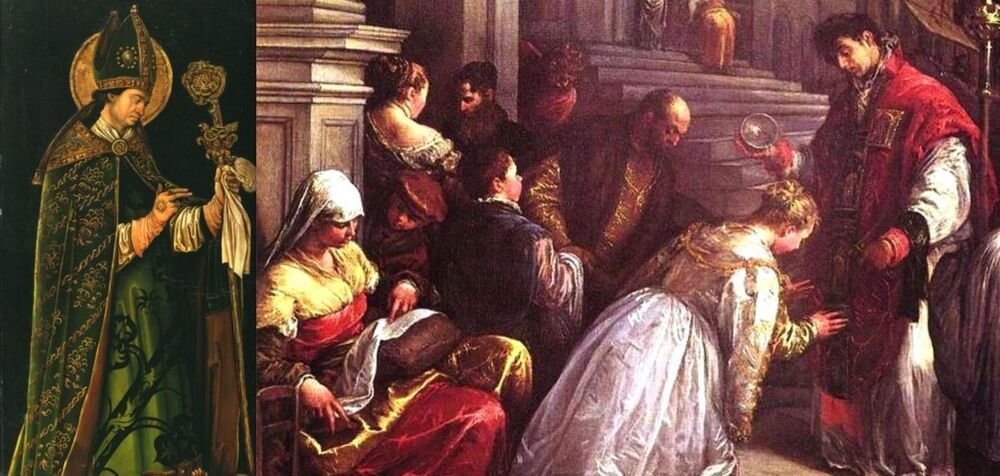
Valentine's Day
February 14th or Valentine’s Day is considered a day of love and friendship in many countries around the world. It’s a holiday that celebrates love, affection between people, friends, and couples. But the reasons and how we celebrate Valentine’s Day have early orgins. Over time, this holiday has become evolved and become what it is today. Let’s start from the beginning: it’s origin.
There are many possible theories that refer to ancient Rome and the different rituals and traditions that occurred both in times of the republic and the empire. But we will start with the person who gave this holiday its name, Valentine.
When Christianity began to spread, Emperor Claudius II the Gothic ruled, and enacted a law forbidding young men to marry, so they could enlist in the army. A young priest named Valentine did not agree with this law and challenged it, He began by secretly marrying young lovers, as well as converting them to Christianity.
Legend has it that Valentine, who had fallen in love with a young woman named Julia, sent a farewell note which he signed: “From your Valentine”. So, this Anglo-Saxon expression changed how love letters were signed. Julia, being grateful, planted an almond tree with beautiful pink flowers next to the grave of her lover, and since then, this tree expresses lasting love and friendship.

Centuries later, these acts by Valentine would be remembered and celebrated . In the year 494 Pope Gelasius I declared February 14th, the day of his martyrdom, as Valentine’s Day. Buried on the outskirts of Rome, on the Via Flaminia – a place that would later be known as Saint Valentine’s Gate – his tomb became a place of pilgrimage during the Middle Ages.
But this is not the only story or theory known about its origin. There are others that have been created over time and give reasons for this holiday. One of these origin theories dates back to the fourteenth-century with the poet Geoffrey Chaucer. In his work The Parliament of the Birds, which is about birds ad love, he includes a series of verses saying the following: “Because it’s Valentine’s Day, when each bird comes to choose his partner”

Eventually, in 1969, Pope Paul VI and the Second Vatican Council agreed that Valentine’s Day should be removed from the Catholic calendar because its origins and history could not be proven. Since then, the Church dedicates February 14th to the Saints Cyril and Methodius. So, February 14th became a day named after a saint, but without celebration.
If we want to talk about the tradition as we know it, We believe it began during the 19th century when, in Anglo-Saxon countries, the tradition of exchanging postcards with loving messages on Valentine’s Day began. Shortly after, the custom of giving postcards would be added to by giving the couple gifts like roses, chocolates, and jewelry.
As this holiday evolved and entered the 20th century, commerce and advertising picked up the idea of Valentine’s Day and encouraged those who were struck by Cupid’s arrow to make February 14th a special day. Because of this, companies now make lot of money from it.

No matter its origins or purpose, we need understand and remember that this day represents love, friendship, and affection. We can also celebrate it without falling into the consumerism and predicability that is currently accepted. As long as the idea and feelings are kept throught the year, the spirit of this holiday will continue to live on in us.
One of the best ways to immerse yourself in a culture is to learn their language. Are you interested in speaking Spanish? Sign up for a Houston Spanish class near me today!


